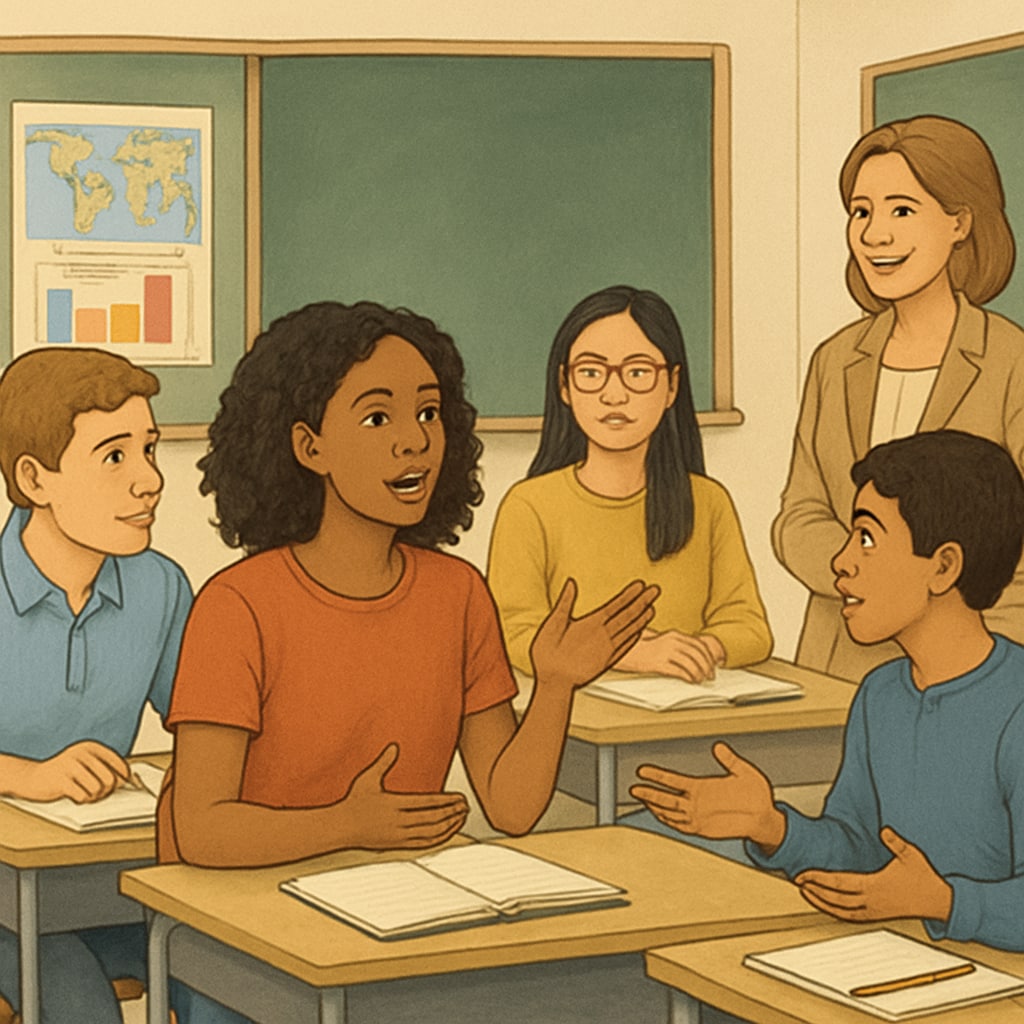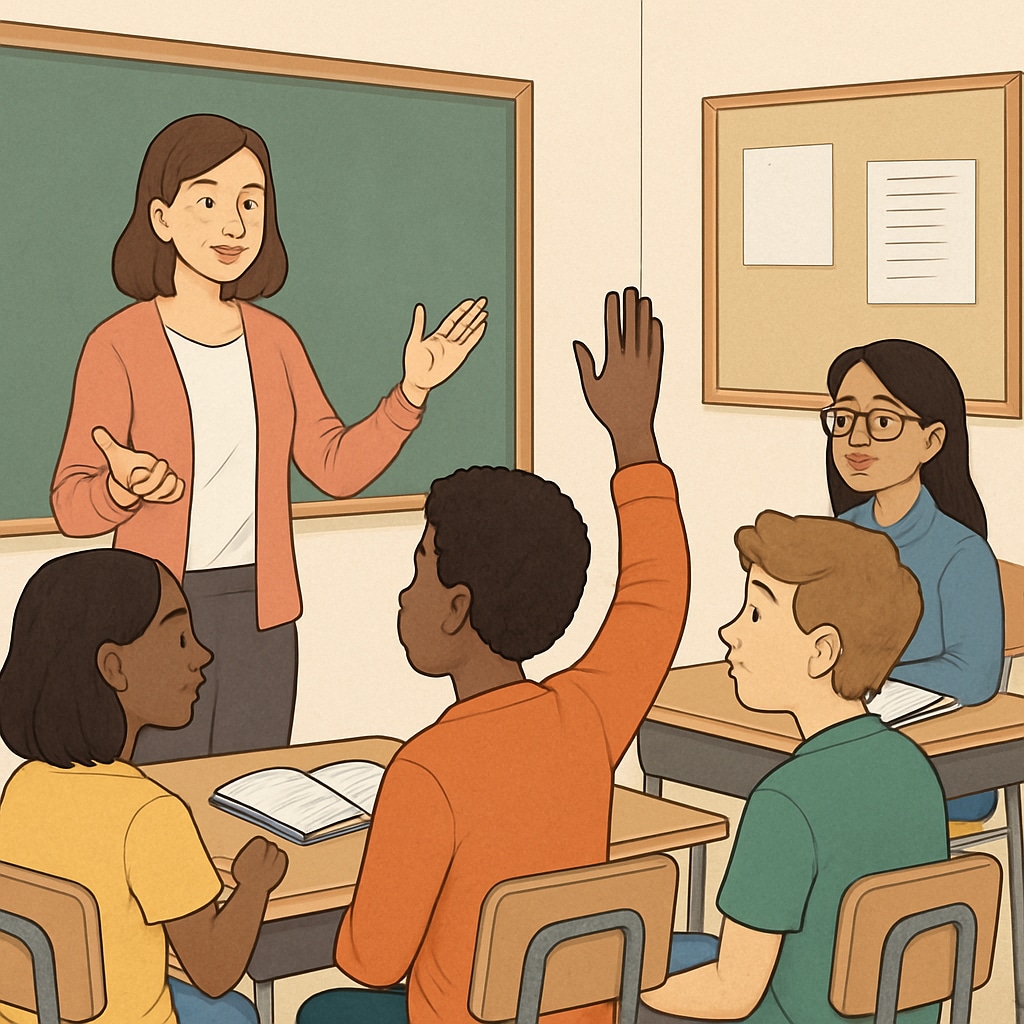The idea of “wokeness” has become a defining feature of modern educational discourse, particularly in K12 schools. As societal awareness of issues like diversity, equity, and inclusion grows, students have started perceiving their schools as spaces of awakening and cultural shifts. This article delves into students’ perspectives on “wokeness,” examining how the movement impacts learning environments and questioning how to balance inclusivity with the core purposes of education.
Understanding Wokeness Through the Lens of Students
For many students, “wokeness” signifies an awareness of social inequities and a commitment to addressing them in their everyday lives, including in school. K12 institutions have increasingly embraced initiatives that promote inclusivity, such as anti-bullying campaigns, diversity workshops, and curriculum changes that highlight historically marginalized voices.
Students often appreciate these efforts as they foster a sense of belonging and broaden their understanding of the world. For example, a study conducted by Britannica highlights how cultural diversity enhances critical thinking and empathy, two essential skills in today’s global society. Many students report feeling empowered by these initiatives, which validate their identities and encourage open discussions on previously taboo topics.

The Double-Edged Sword of Inclusivity
However, with the rise of “wokeness,” some students have expressed concerns about its potential drawbacks. Critics argue that an overemphasis on social justice can sometimes overshadow traditional academic goals, leading to a polarized school environment. For example, debates about curriculum design—such as whether to replace classic literature with more contemporary, diverse works—reflect the tension between innovation and tradition.
Moreover, some students feel hesitant to voice opinions that diverge from the dominant narrative of “wokeness,” fearing backlash from peers or educators. This phenomenon, often referred to as “cancel culture,” can stifle open dialogue—a cornerstone of effective education. Balancing the promotion of inclusive values with the need for intellectual freedom remains a critical challenge for schools.

Striking a Balance: Lessons for Schools
To navigate the complexities of “wokeness,” schools must aim to create environments that are both inclusive and academically rigorous. Below are some strategies to achieve this balance:
- Encourage respectful dialogue: Teachers can set the tone by fostering respectful debates where all students feel safe to express their views.
- Blend tradition and innovation: Schools can integrate diverse voices into the curriculum without entirely discarding classical works, ensuring a well-rounded education.
- Focus on critical thinking: Instead of prescribing specific viewpoints, educators can prioritize teaching students to analyze and question information critically.
As Wikipedia notes, the ultimate goal of education is to prepare students for life’s complexities. By embracing inclusivity while maintaining intellectual rigor, schools can equip students with the tools to navigate an increasingly interconnected world.
In conclusion, “wokeness” in schools is a reflection of broader societal changes. While it brings undeniable benefits, such as fostering empathy and awareness, it also presents challenges that require thoughtful navigation. Listening to students’ perspectives is key to ensuring that educational institutions remain spaces of growth, dialogue, and discovery.


